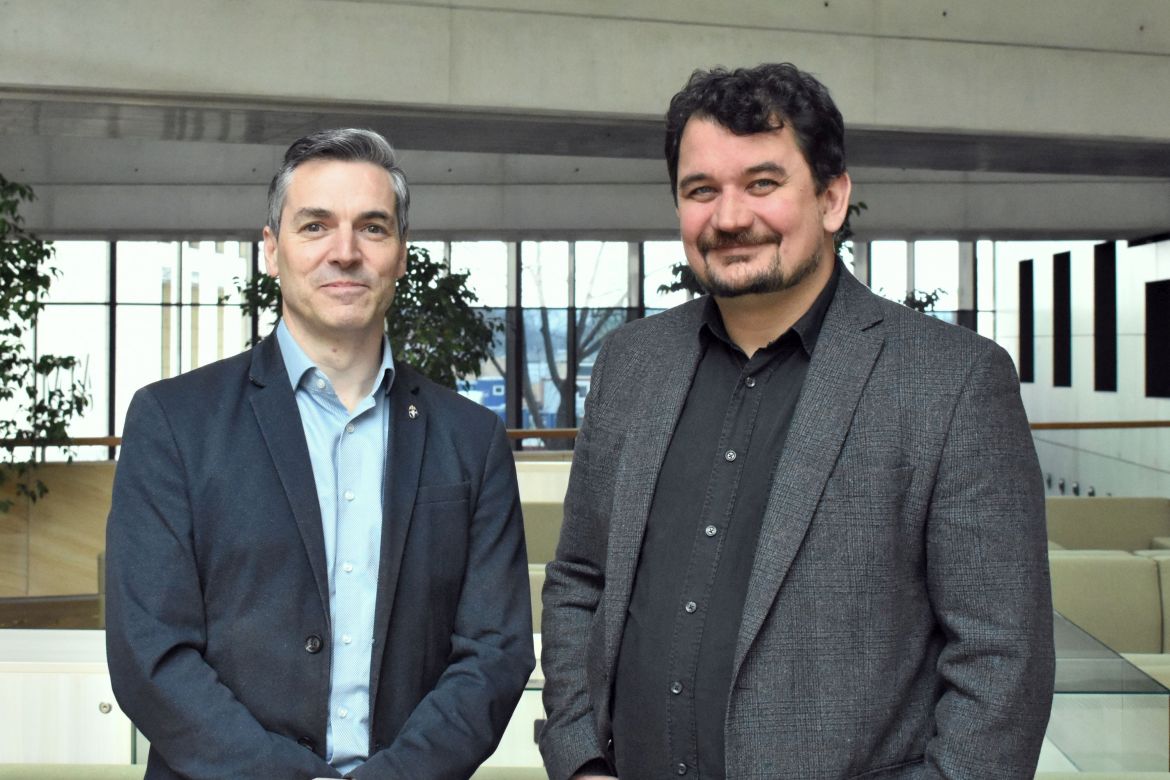
András Fejérdy senior research fellow and deputy director, and Gábor Kármán senior research fellow at the Institute of History of the Research Centre for the Humanities won the European Research Council’s Consolidator Grant. In this call, 2,652 applicants submitted their proposals and 12% of them were succesful. In the history of European research funding, it is quite extraordinary that two researchers at the same time from a Central European research institute would receive the grant.
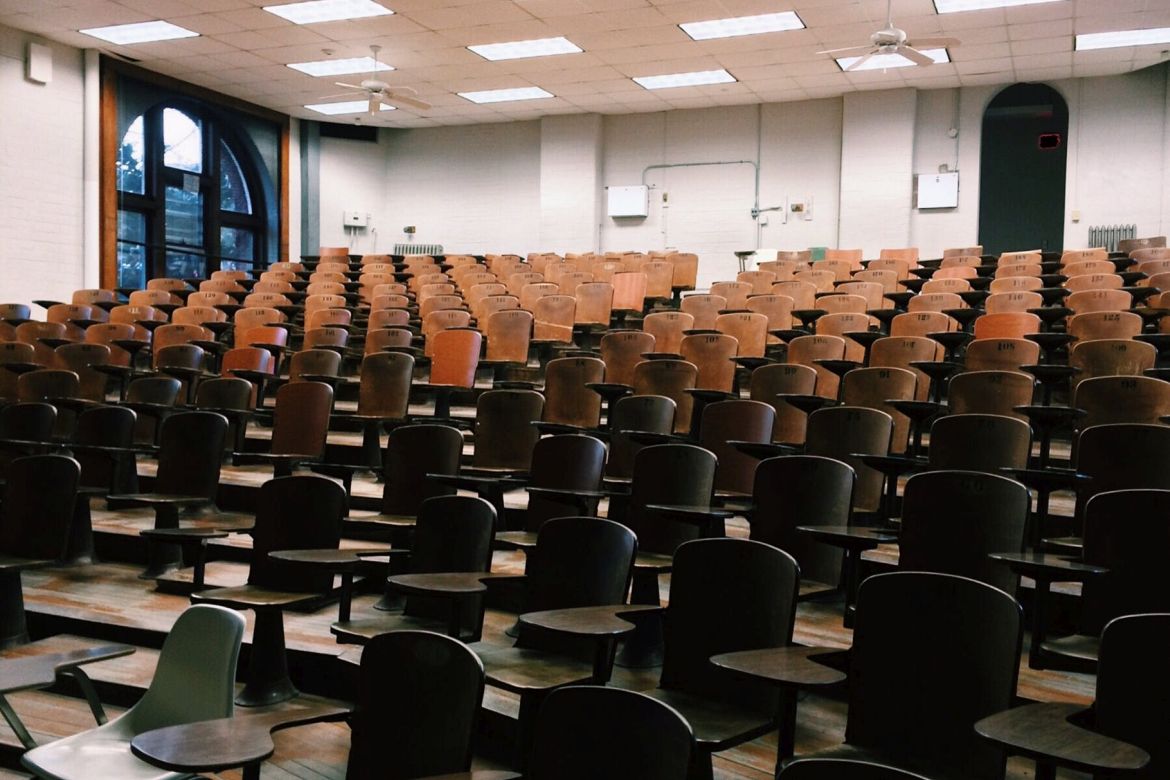
Cluj-Napoca, 17–19 May 2022
The aim of the conference is to discuss, historically and comparatively, the concept of cultural – national, ethnic and religious – identities and their role in the domestic, transnational and supranational European policies and politics, from 1945 until now. The question of cultural identities had a significant impact on 20th-century European history and has continued to be an important legacy since the post-war era, through the post-Cold-War and post-communist times, right up until the 21st century.
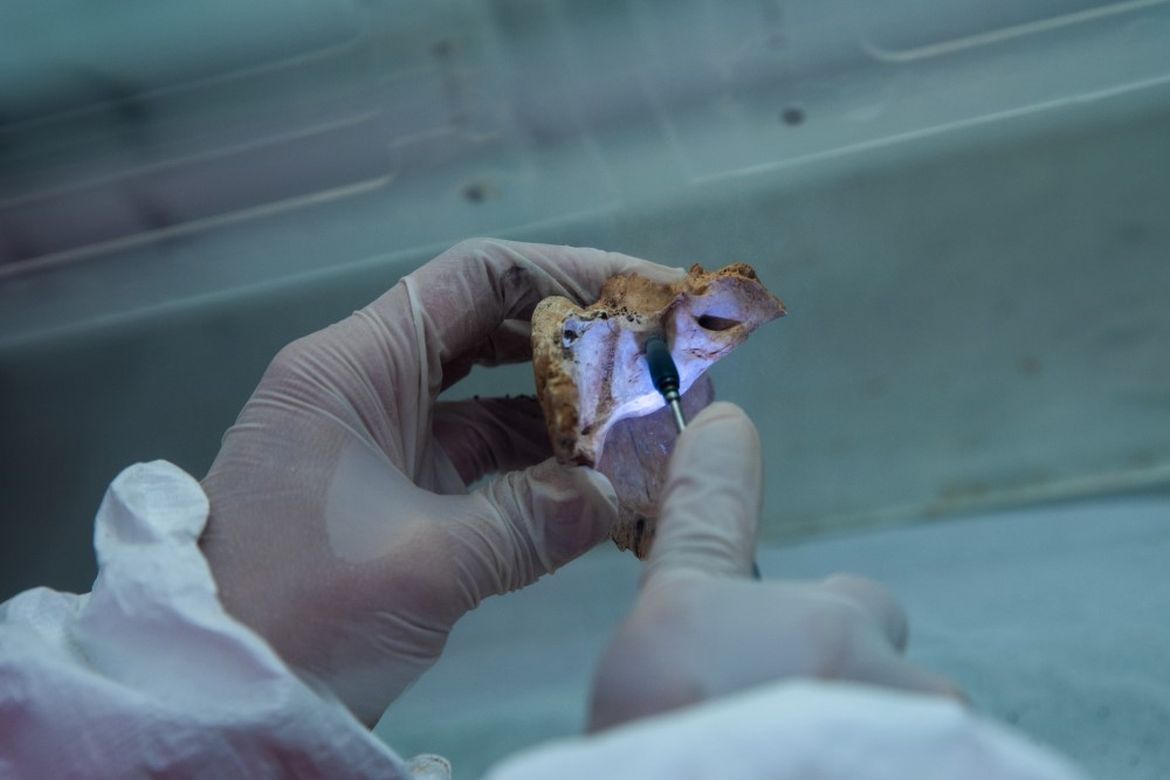
Recently, the genomes of nearly 800 prehistoric human individuals have been successfully analyzed as part of a large-scale archaeogenetic program carried out in an extensive European and American collaboration. The results of the research were published in Nature on the 22nd December 2021.
The aim of the project was to map the population movements reaching the British Isles in the second half of the Bronze Age (1300–800 BC). This wave of immigration may have been related to the spread of Celtic languages and may have formed the basis of later Iron Age populations on the British Isles.
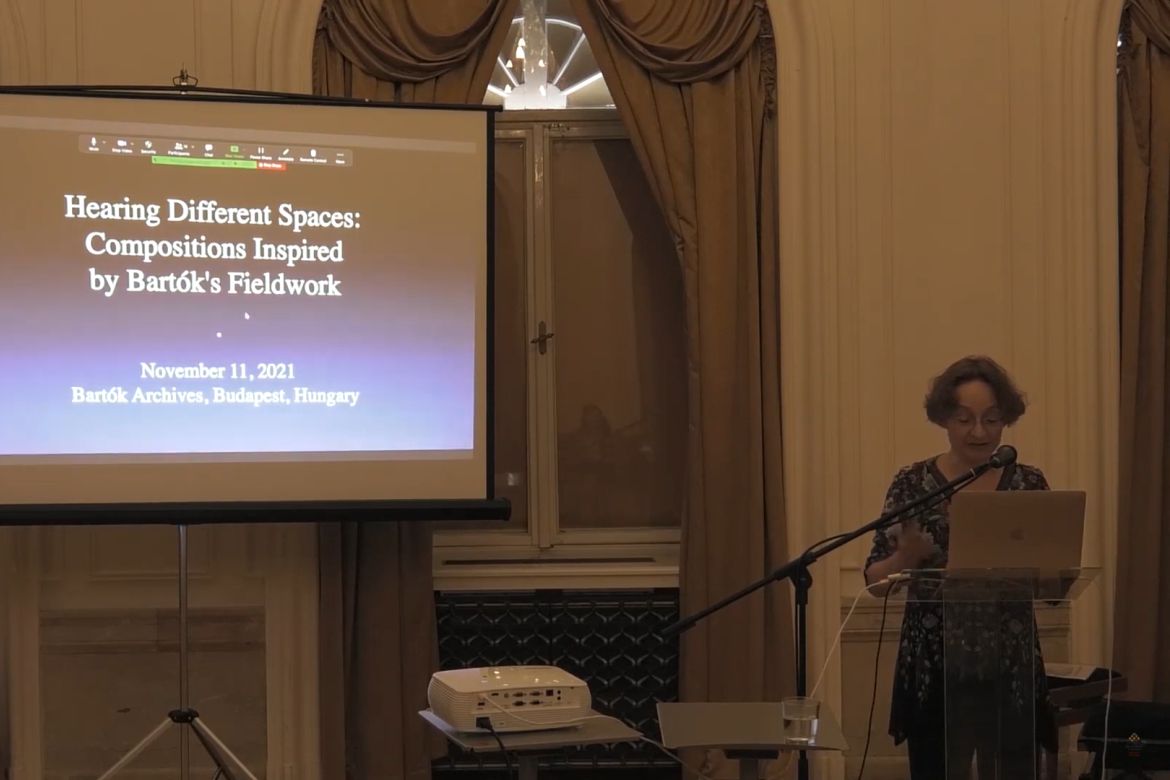
On 11 November 2021 American composer and pianist Ketty Nez, Associate Professor of Music, Composition and Music Theory at Boston University College of Fine Arts, presented her compositional output inspired by folk musical sources from Central Europe and the Balkans, including music from various cultures collected by Béla Bartók as part of his ethnographic research. She combines freely composed music with gestures and rhythms from folk melodies, while the textures in the accompaniment respond to the needs of the solo performer, featured as “folk singer.” Among her works discussed are chamber music pieces featured on her latest CD double images (double images, sea-changes, 5 moments, the moon returns), her first work to use folk music sources Postcards from the 1930's, and her folk chamber opera The Fiddler and the Old Woman of Rumelia. The presentation also included Ketty’s piano performance with violinist Máté Vizeli as collaborator.
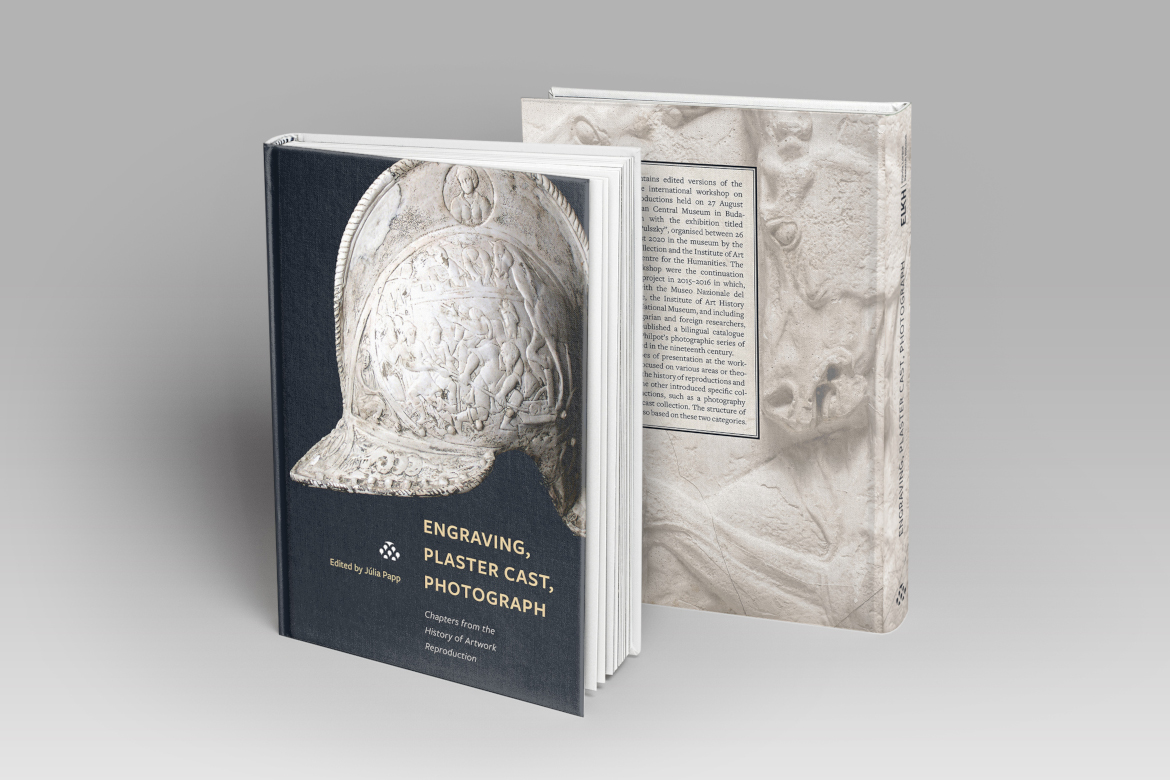
The volume, published by the Institute of Art History contains edited versions of the presentations delivered at the international workshop on the history of reproductions, held on 27 August 2020 in the Lutheran Central Museum in Budapest, in connection with the exhibition titled “Present of Ferencz Pulszky”, organised between 26 March and 27 August 2020 in the museum by the Lutheran Central Collection and the Research Centre for the Humanities – Institute of Art History. The exhibition and workshop were the continuation of an international project that took place in 2015–2016, in which, a bilingual catalogue was compiled and published on John Brampton Philpot’s photographic series of fictile ivories, created in the nineteenth century, including studies of Hungarian and foreign researchers, n cooperation between the Museo Nazionale del Bargello in Florence, the Institute of Art History and the Hungarian National Museum.
Page 17 of 24